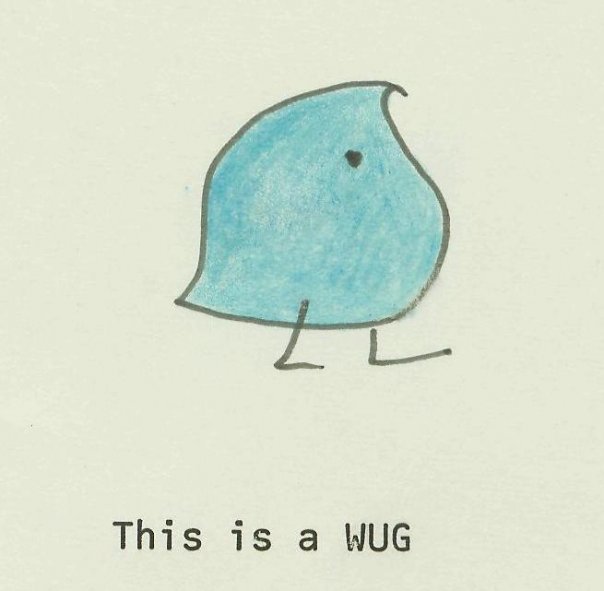
Human language in all its natural complexity is an enduringly rich object of scientific study. Understanding the structural depth of language and the range of possible variation across languages is key to understanding the human mind and is increasingly relevant to cross-disciplinary discoveries in academia and innovations in technology.
Linguistic theories use formal systems to explain cognitive processes related to the production and perception of human speech. In this course, you will be introduced to these theories and taught how to understand and use the symbols and algorithms involved. Specifically, we will be looking at some of the core areas of human language - sound (phonology), words (morphology), structure
(syntax), and meaning (semantics). After understanding these core areas, the class builds on this knowledge to preliminarily explore language acquisition, neurolinguistics, sociolinguistics, historical linguistics, computational linguistics, signed languages, and the differences between human language and animal communication systems.
Linguistic theories use formal systems to explain cognitive processes related to the production and perception of human speech. In this course, you will be introduced to these theories and taught how to understand and use the symbols and algorithms involved. Specifically, we will be looking at some of the core areas of human language - sound (phonology), words (morphology), structure
(syntax), and meaning (semantics). After understanding these core areas, the class builds on this knowledge to preliminarily explore language acquisition, neurolinguistics, sociolinguistics, historical linguistics, computational linguistics, signed languages, and the differences between human language and animal communication systems.
- Teacher: Yagmur Sag Parvardeh
